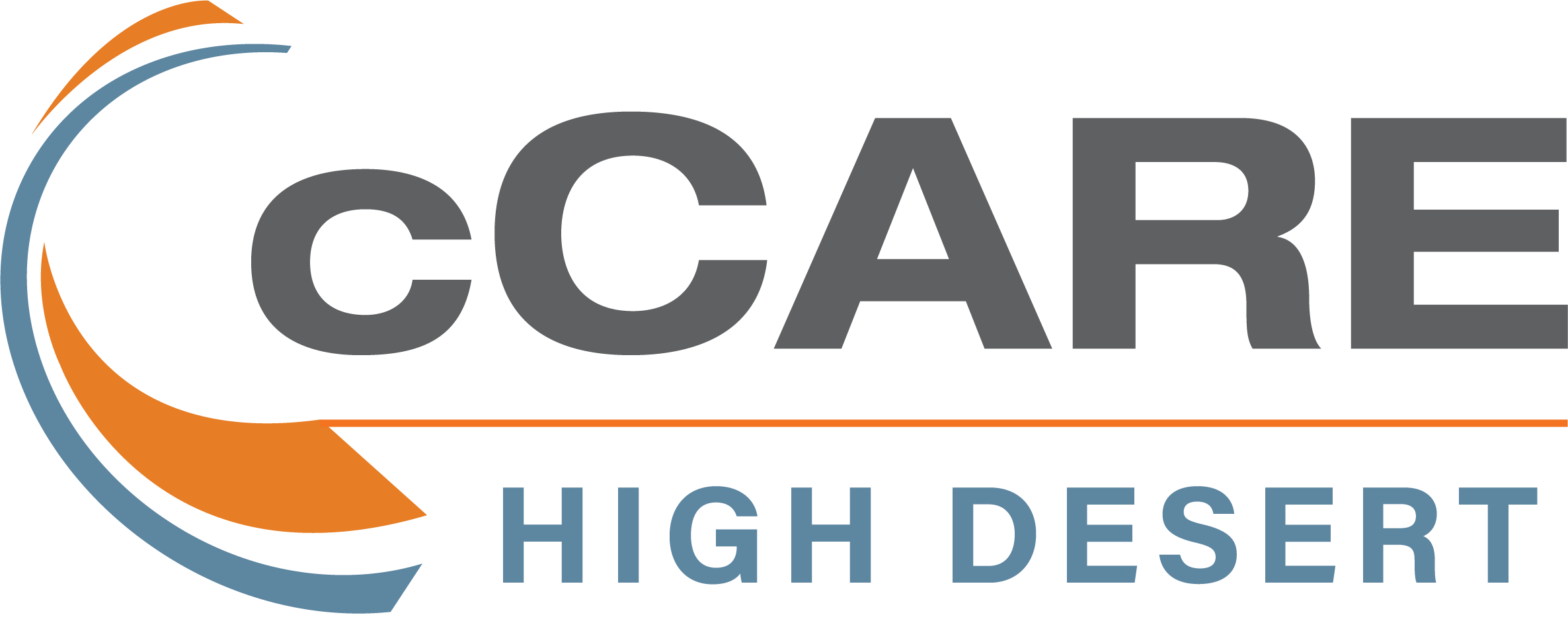It’s important that you do your part to reduce your risk of developing cancer. Use the resources on this page to help take the steps to help lower your risk.
Screenings
One of the best things you can do is get routine medical care with your primary care physician and dentist and follow their recommendations for cancer screenings to help reduce your cancer risk, or to find cancer early when the chances for successful treatment are the highest.
You know your body best. If you have a concerning sign or symptom, please discuss it with your primary care physician. While cancer screening may not prevent the disease, it is one of the most important things you can do for your health. Cancer screening tests are used to detect cancer, even before you might have symptoms. The goal of screening is to find cancer early when the chances of successful treatment are highest. Because of extensive research and advances in technology, doctors now are able to order tests to screen for several different types of cancer, which is especially important for people that are at a higher risk of developing the disease.
The screening tests shown below are for average-risk individuals. Screening for higher-risk individuals will usually begin at an earlier age.
Breast Cancer: Beginning at the age of 40, mammograms have been proven to be the most effective way to screen for breast cancer. The American Cancer Society’s Facts & Figures 2019 report indicates that breast cancer death rates declined 40% from 1989 to 2016 among women. The progress is attributed to improvements in early detection.
Cervical Cancer: Pap tests can detect abnormal cells in a woman’s cervix that might turn in to cancer, and it can find cervical cancers early. Screening women for HPV (human papillomavirus) has also been effective because the virus is responsible for the cell changes that cause cancer of the cervix. When detected early, this cancer has a greater chance of being cured. Cervical screening should begin at age 21.
Colorectal Cancer: There are several tests that are used to help detect colon cancer, but the gold standard is the colonoscopy. This screening test can find precancerous polyps and they can be removed before they become cancer. The colonoscopy examines the entire colon and can find colon cancer at an earlier stage when there is a higher chance of successful treatment.
The American Cancer Society’s Facts & Figures 2019 report shows that colorectal cancer death rates declined 53% from 1970 to 2016 among men and women because of increased screening and improvements in treatment. However, in adults younger than age 55, new cases of colorectal cancer have increased by almost 2% per year since the mid-1990s. In 2018, the ACS lowered the recommended age for colorectal cancer screening to age 45 from the previous recommendation at age 50.
Lung Cancer: The National Comprehensive Cancer Network recommends that patients discuss their health history and individual risk factors with their physician to determine if lung cancer screening with a low dose
CT scan is recommended. This includes individuals who are in one of these groups:
- Group 1: individual age 55 to 77 with a 30 or more pack-year history who currently smoke or quit less than 15 years ago
- Group 2: individuals aged 50 or older with a 20 or more pack-year history who are either current or former smokers with at least 1 additional risk factor such as personal history of lung cancer, family history of lung cancer in first degree relatives, radon exposure, and occupational exposure
Stop all tobacco use
Smoking is the leading cause of premature, preventable cancer death in this country. The Centers for Disease Control reports that it is known to cause cancer of the blood (acute myeloid leukemia), bladder, cervix, colon and rectum, esophagus, kidney, larynx, liver, lungs, bronchi and trachea, mouth and throat, pancreas, stomach.(1) Smoking or using tobacco products increases the risk of developing cancers of the mouth, esophagus, and pancreas. The Centers for Disease Control describes secondhand smoke as exposure from burning tobacco products or smoke exhaled, or by the person smoking. Secondhand smoke causes health problems including a 20-30% increased risk for people who have never smoked.
There are many resources to help people stop smoking. A good place to start is by visiting Smokefree.gov for access to free information and resources to help you quit smoking.
(1) https://www.cdc.gov/cancer/tobacco/index.htm
(2) https://www.cdc.gov/tobacco/data_statistics/fact_sheets/secondhand_smoke/general_facts/index.htm
(3) https://smokefree.gov/
Maintain a healthy weight
Obesity rates are increasing with over one-third of adults and approximately one in six children in the United States being obese. Being overweight or obese can also put a person at greater risk for many diseases including:
- diabetes
- high blood pressure
- cardiovascular disease
- stroke
According to the American Cancer Society, being overweight or obese is clearly linked to an overall increased risk of certain cancers when compared to people with a healthy weight. Being overweight is clearly linked with cancers of the breast (in women past menopause), colon and rectum, endometrium, esophagus, kidney, and pancreas.
(1)Being overweight or obese is clearly linked to an overall increased risk of cancer.
(2) According to research from the American Cancer Society, excess body weight is thought to be responsible for about 8% of all cancers in the United States, as well as about 7% of all cancer deaths.
(1) https://www.cancer.org/latest-news/obesity-rates-continue-to-rise-among-adults-in-the-us.html
(2) https://www.cancer.org/cancer/cancer-causes/diet-physical-activity/body-weight-and-cancer-risk/effects.html
Maintain a healthy diet
Learning some ways that you can incorporate more healthy choices in your diet is a good place to begin making a difference. Here’s a good place to start:
- Add more fruits and vegetables to your diet each day.
- Choose whole grains like oatmeal, popcorn, whole-grain bread, and brown rice, and limit desserts made from grains, such as cookies, pastries, and cake. Select low-fat or fat-free milk and dairy products.
- Eat a variety of proteins such as seafood, beans and peas, unsalted nuts and seeds, soy products, eggs and lean meats, including poultry.
- Limit foods that are high in sodium, saturated fats, and added sugars.
- Limit your intake of red meats and processed meats that contain nitrates.
- Drink water every day.
Get regular exercise
Staying active and getting regular exercise can help to maintain a healthy weight, lowering your risk of developing cardiovascular disease, type 2 diabetes, and some types of cancer. For most adults, the recommendation is to get at least 150 minutes of moderate aerobic activity each week. It’s never too late to start exercising, but if you’re not currently active, it’s important to discuss with your physician before starting any exercise program.
Know your family history
Your family’s health history can hold important clues as to your risk of developing cancer. This includes first-degree relatives (parents, siblings, children), and second-degree relatives (grandparents, grandchildren, uncles, aunts, nephews, nieces, and half-siblings).
Your physician can use this information to identify certain hereditary conditions or genetic mutations that are in your family so that you can make an informed decision about ways to reduce your chances of developing cancer. Your family history can potentially help other members of your family and is information that can be passed on to future generations.
A useful tool to help you record your family history and share it with others is:
https://phgkb.cdc.gov/FHH/html/index.html
Protect your skin
You can help to reduce the risk of developing skin cancer. It’s important to know that everyone can develop skin cancer regardless of their race, or skin or eye color. Here are some things you can do:
- Always wear sunscreen when you are outdoors. (SPF 30 or higher, broad-spectrum and water-resistant)
- Apply sunscreen 15–30 minutes before sun exposure, don’t forget to apply to lips, ears, nose, and tops of feet.
- Wear protective clothing when you are outdoors (a hat, long sleeves, and pants). It’s also important to protect your eyes by wearing sunglasses that block both UVA and UVB rays.
- Re-apply sunscreen liberally every 90 minutes to exposed skin, and re-apply after toweling OR becoming sweaty OR getting wet.
- Stay indoors between 10AM and 4PM, seek shade when outdoors.
- Use extra caution when near reflective surfaces like water, snow, and sand.
- Don’t use expired sunscreen.
- Avoid sunburns and using tanning beds.
Check for skin cancer on your body (including palms of your hands, soles of your feet, under your nails). Skin cancer screening starts with you. You should regularly examine your skin to notice changes. If changes are found that do not go away, you should contact your primary care physician or dermatologist for a professional assessment.
Alcohol consumption - moderation is key
You can help lower your risk of developing alcohol-related cancer by limiting the amount you consume. Recommended amounts are up to one drink per day for women and two drinks per day for men, with drinks defined as 12 oz of beer, 5 oz of wine, or 1.5 oz of hard liquor. Research shows that the more alcohol a person drinks, especially over time, the higher their risk is of developing certain types of alcohol-related cancers.
Additionally, drinking alcohol while undergoing cancer-related treatment should be discussed with your oncologist.
Vaccinations that can help prevent cancer
The HPV vaccine is effective in preventing human papillomavirus. The sexually transmitted virus has been shown to cause cervical and other genital cancers; it is also linked to a rise in head and neck cancers. Current HPV recommendations are found at:
https://www.cdc.gov/hpv/parents/vaccine.html
The Hepatitis B vaccine can reduce the risk of developing liver cancer, especially for certain high-risk adults. It’s important to talk with your physician to learn more about these vaccines.
Avoid risky behaviors
Hepatitis viruses, HIV, and human papillomavirus have all been shown to increase the risk for certain cancers. Ways you can reduce your risk include practicing safe sex, and not using contaminated needles.
Take The Next Step
Conveniently located in Victorville, CA, cCARE High Desert is capable of providing the care you need close to your home. Our friendly, courteous staff is always willing to answer questions, and we make every effort to make your visit as comfortable as possible.


